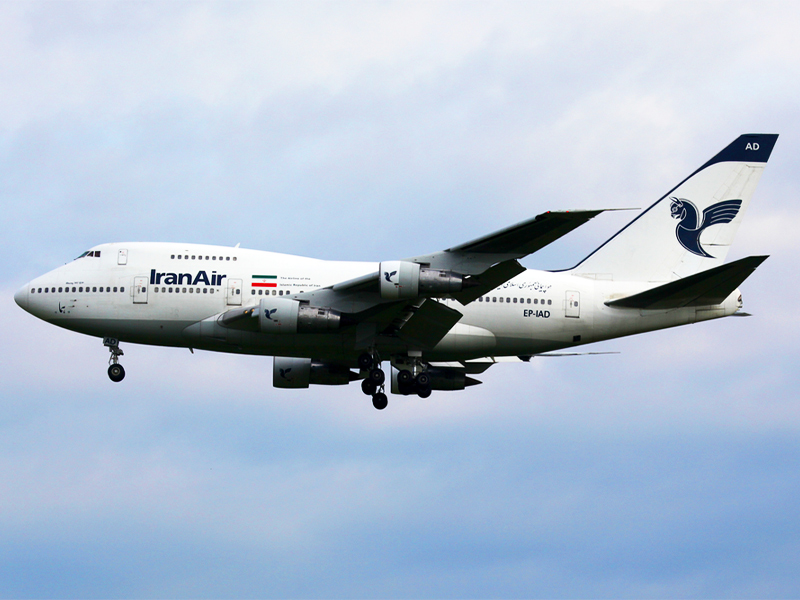Iran Air; National Carrier of Iran
Iran’s official national Airline is called IranAir. Together, the airline and its IranAirTours affiliate transport over eight million people each year. The route network of IranAir comprises 21 local destinations in addition to more than three dozen foreign ones. Engineering and maintenance, catering, and airport services activities are all part of the business in addition to the Airline itself. IranAir is the only Airline available providing direct flights from/ London to/ Tehran. If you want to experience a nonstop flight with a +40KG luggage allowance, call us at Eligasht – the only travel agency in London to purchase an IranAir flight ticket from. Let’s have a look at some astonishing facts about the oldest Airline in the Middle East; Iran Air.
After the Islamic Revolution in 1979, the United States placed an embargo on the sale of aircraft to Iran, which made it difficult for Iran Air to get airplanes and replacement parts. This has been one of IranAir’s most significant obstacles. In spite of this, it has managed to keep a fleet of around thirty American and European planes, and its Iran Tours division flies Russian Tupolev airliners.
Book Iran Air flights from London to Tehran and Tehran to London with Eligasht:

Iran Air Logo; HOMA
IranAir logo represents a Bird that never stops flying. According to the analysis done by “skift.com,” this Airline has the most visually arresting logo in the whole airline business. Edward Zohrabian created the logo in 1961, and he was motivated to do so by an image that was found atop one of the columns in Persepolis.
Mythology is not only Greek. Greek mythology, on the other hand, has become the most well-known, while the mythologies of other nations struggle to keep up with the advancements in commercial knowledge. It’s a pity that, despite the fact that there are so many different cultures in the world, companies prefer to choose logo designs that are timeless and conventional. One sector that makes an exception to this rule is the airline business. They recognize that a country may harness the power of its historical and mythical deities by using them in its branding. These airline companies have the most effective methods.
You won’t believe it, but the design of this logo was conceived through crowdsourcing! The concept that ultimately prevailed was inspired by the Homa, a fabled bird that was said to be “always in flight” and never stopped flying. Iran Air made the decision to base its emblem, which has endured for more than half a century despite its age, on an old bird in order to symbolize the company’s lengthy journeys. It also exemplifies the Iran Air brand by projecting an image of constantly being busy, which is something that would undoubtedly entice passengers to fly with the Airline.
![]()
Homa Bird: The Creature That Never Stops Flying
It is reported that the Homa bird never stops flying; it spends its whole life soaring invisibly far above the surface of the planet, and it never descends to the ground – in some legends, Homa is said to have no legs. On the entrance gate of the Nadir Divan-Begi Madrasa in Bukhara, Uzbekistan is a mosaic depicting the legendary bird known as the Homa. It is stated that the Homa bird is similar to the phoenix in that it burns itself up in a fire once every few hundred years and then resurrects itself from the ashes.
There are various variants of this tale. It is stated that the Homa bird has both the male and the female natures in one body (similar to the way the Chinese Fenghuang does), with each nature having one wing and one leg. Since the mere presence of Homa’s shadow (or touch) is thought to provide good fortune, the compassionate deity is also known as the “bird of fortune.”
1945; Iran Air Bought Its First Aircraft
In the latter part of March 1945, the brand-new Iranian Airline made its first aircraft purchase, which consisted of three planes. These aircraft were surplus military C-47s owned by the United States and utilized during World War II. They are also known as DC-3s and Dakotas. After that time, the Airline proceeded to add additional DC-3s to its fleet, with the total number reaching 20 at one point. The DC-3 planes were, without a doubt, one of the most well-known and incredible aircraft that aviation has had in recent decades. In fact, several of these planes are still in use today.
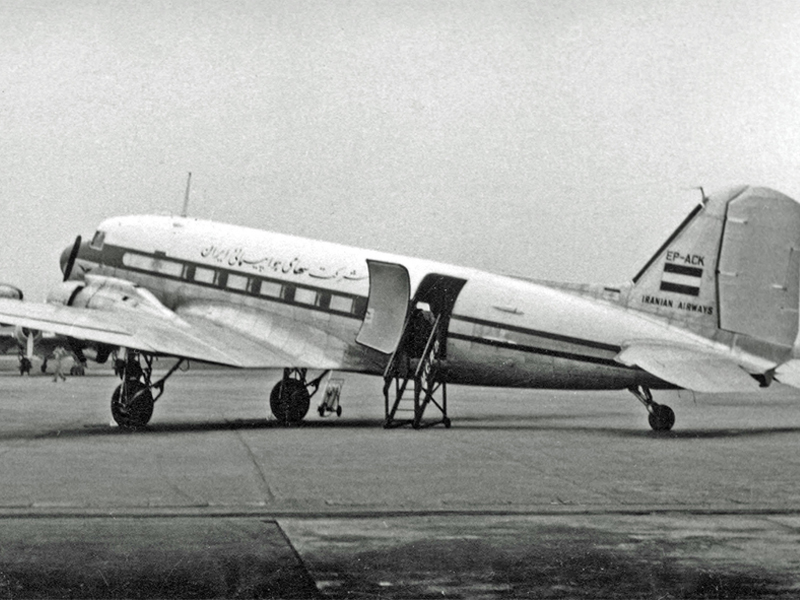
The first regularly scheduled flights took out from Tehran and landed in Mashhad. These were followed by flights between Tehran and Esfahan and Shiraz (with an overnight layover), Bushehr and Ahwaz, and limited flights to Zahedan. In the meanwhile, throughout that time period, none of the airports, with the exception of Tehran and Abadan, were sufficiently functioning. When Iranian Airways made the decision to begin operating foreign flights, it stands to reason that Cairo and Baghdad were two popular destinations that were initially evaluated by the Airline.
In the beginning, the majority of both the pilots and the technical staff were American. However, by the end of 1946, for the first time ever, three pilot officers from the Air Force were assigned to fly with Iranian Airways. These officers were Colonel Mostafavai, Major Khademi, and Captain Rafat. Another Iranian, Daryoush Timsar, joined the firm about the same time as the first Iranian. He worked there as a co-pilot. He did not come from the air force but rather from the Iranian Aero Club, where he received his training.
First Women Aviators in Iran Air
A few years earlier, in 1938, the Club was created, and throughout the course of the subsequent years, it taught a significant number of young men and women how to fly. At that time, Effat Tejaratchi, Sadigheh Dowlatshahi, and Ina Afshid (or Avshid) were the first three women to get a pilot’s license.
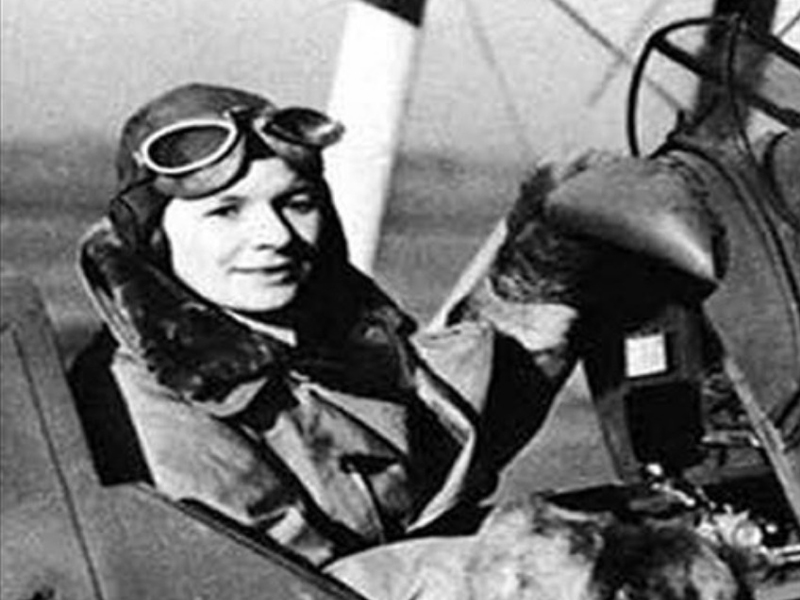
Effat Tejaratchi; First Iran Air Female Pilot
Effat Tejaratchi was the first Iranian woman to fly a plane. She was born in 1917 and passed away in 1999. She made history in Iran by becoming the country’s first female pilot. Reza Shah Pahlavi gave the order in 1939 to establish the Iranian Aero Club, which would later become the Civil Aviation Technology College. Effat Tejaratchi, who at the age of 22 had an intense need to go through the air, was the first person to sign up for membership in the Club.
In the year 1940, she made history by being the first woman in Iran to receive a pilot’s license. Tejaratchi was born in the Iranian capital of Tehran in 1917. She received her high school diploma in 1934 and went on to work as a French translator for the National Bank and afterward for the library of Tehran University’s Medical School. In those days, only males could have a profession in the aviation industry, but her father urged her to pursue a career in flying instead.
There is a lack of consensus among aviation experts over the identity of Iran’s first male pilot; nevertheless, there is little question that Effat Tejaratchi was the country’s first female pilot. A simple posting in a classified journal was all it took to redirect her career path from translator to pilot.
Ina Avshid and Sediqeh Dowlatshahi
Doshan Tappeh Airport was the location of Ina Avshid’s maiden training flight after she had successfully completed six months of theoretical study. As a result of the outbreak of World War II, the Flight Club was forced to close its doors, and Ina’s training was not finished. In April of 1942, the Club began its normal operations, and Avshid also picked up where she left off with her training.
She and 21 other students were awarded their pilot’s licenses on September 19, 1943, after having successfully completed their respective training flights and scientific coursework. In 1946, Ina Avshid became the first Iranian woman to be engaged by the Airways Company. She was given the position of the assistant pilot for her very first flight, which was in a DC3 aircraft. She resigned from her position in this industry not long after that for reasons that are not known.
In addition to being a daring woman, Sediqeh Dowlatshahi had also swum upstream against the current of the river. Additionally, Sediqeh Dowlatshahi was able to get a pilot’s license and fly passenger airliners after completing the necessary training. We would like to pay our respects to these trailblazing ladies who paved the road for other women.
Iran Air Ordered Three Supersonic Concorde in 1972
Orders for a total of 76 Concordes were placed with 17 different airlines at the same time that the British and French consortium began marketing the Concorde to other airlines. On October 8, 1972, IranAir placed an order with the British Aircraft Corporation for two Concorde supersonic jets and one option for a third plane. Indeed, Iran’s plans were for the acquisition of a whole fleet of Concordes. According to some stories, the Iranians may have carried out this action with the intention of appeasing the French, with whom the Iranians had strong ties.
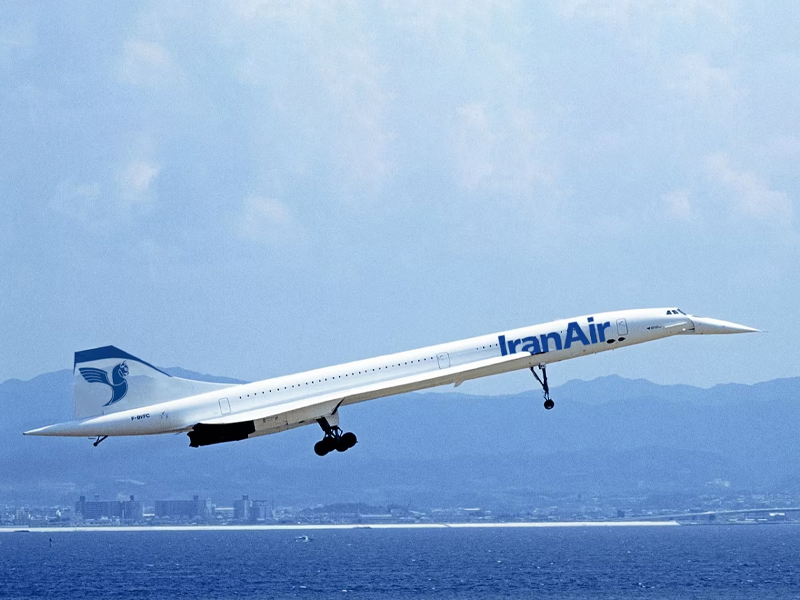
The first Concorde was scheduled to be delivered to Iran at the end of 1976, the second was scheduled to be delivered to Iran at the beginning of 1977, and the option for the third was expected to be delivered in 1978. The two production aircraft, A/C 214 and 216 that had been planned for IranAir were eventually given to British Airways. These planes had originally been earmarked for IranAir. Amazingly, IranAir did indeed operate a Concorde jet for a brief spell after chartering a plane for infrequent flights between Paris and Tehran. There was a genuine IranAir Concorde that was in the air for a short period of time.
What Happened To Iran Air’s Concordes
An uprising occurred in Iranian society in 1978, which resulted in the Shah’s removal from office. The pricey Concorde was seen by Iran’s new authorities as a luxury item (after all, it wasn’t an airplane for the ordinary citizen) and as a reminder of the former government’s extravagant spending habits. If they intended to maintain the order, they would not have been able to proceed with the sale because of the repercussions that occurred afterward between the West and Iran. In April of 1980, Iran made the decision to publicly cancel the Concorde orders it had previously placed because of the political instability and the ensuing oil crisis.
The two production-model Concordes that had been ordered for IranAir were reassigned to British Airways instead, and they would go on to serve that Airline with honor for the remainder of their lives.
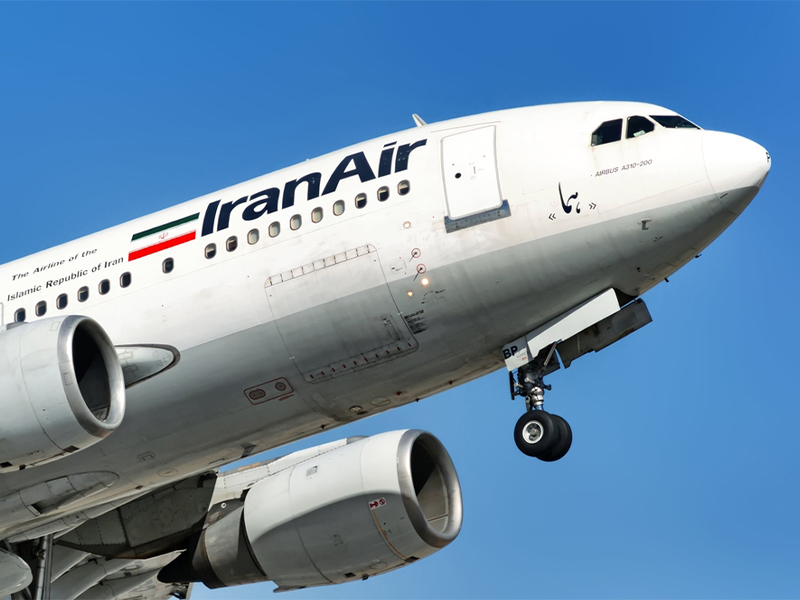
1975; First Iran Air Tehran’s Mehrabad to New York’s JFK Flight
Iran Air’s growth of its services in the United States was prioritized since its European destinations were already well served to a significant degree. On May 15, 1975, Iran Air made its first voyage from Tehran to JFK Airport in New York City. The Airline also had future ambitions to begin service to Los Angeles International Airport. IranAir’s activities in the United States came to an end on November 4, 1979, the same day that the personnel of the United States Embassy in Tehran was held hostage.
IranAir began offering flights to Beijing and Tokyo in the 1970s. At the same time, the company created offices in Bangkok, Manila, and Singapore in order to be ready for the launch of future services. IranAir also planned to start providing services to Australia and Africa as part of the company’s 15-year strategy during the period of time spanning 1975-1990.
November 8, 1979: Last Tehran To New York Flight
IranAir utilized a Boeing 747 SP for its first trip between Tehran and New York City. This was an aircraft that the company had specially bought to fly this route. The plane was the equivalent of an Airbus 380 of its day and included the most cutting-edge navigational and passenger comfort technologies. Even in modern times, IranAir flies using the vintage aircraft that Boeing ceased manufacturing in the 1980s.
Flights on IranAir’s nonstop route from Tehran to Caracas, Venezuela, continues to provide passengers the opportunity to experience the excitement of flying in historic aircraft. However, it is very improbable that the Federal Aviation Administration would give permission for a Boeing 747 that is 34 years old to arrive at JFK airport as part of a regular commercial trip.
Read More:
